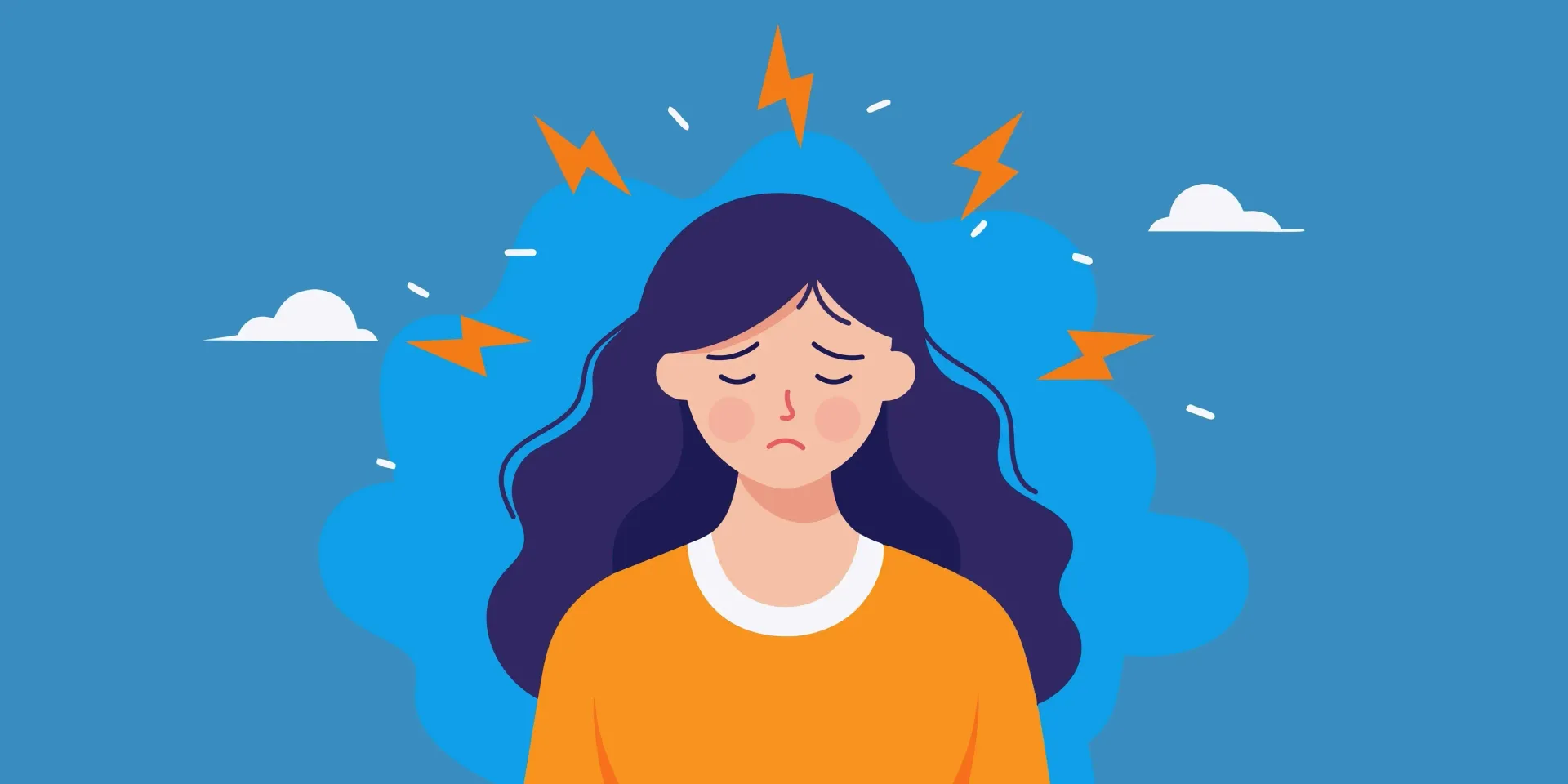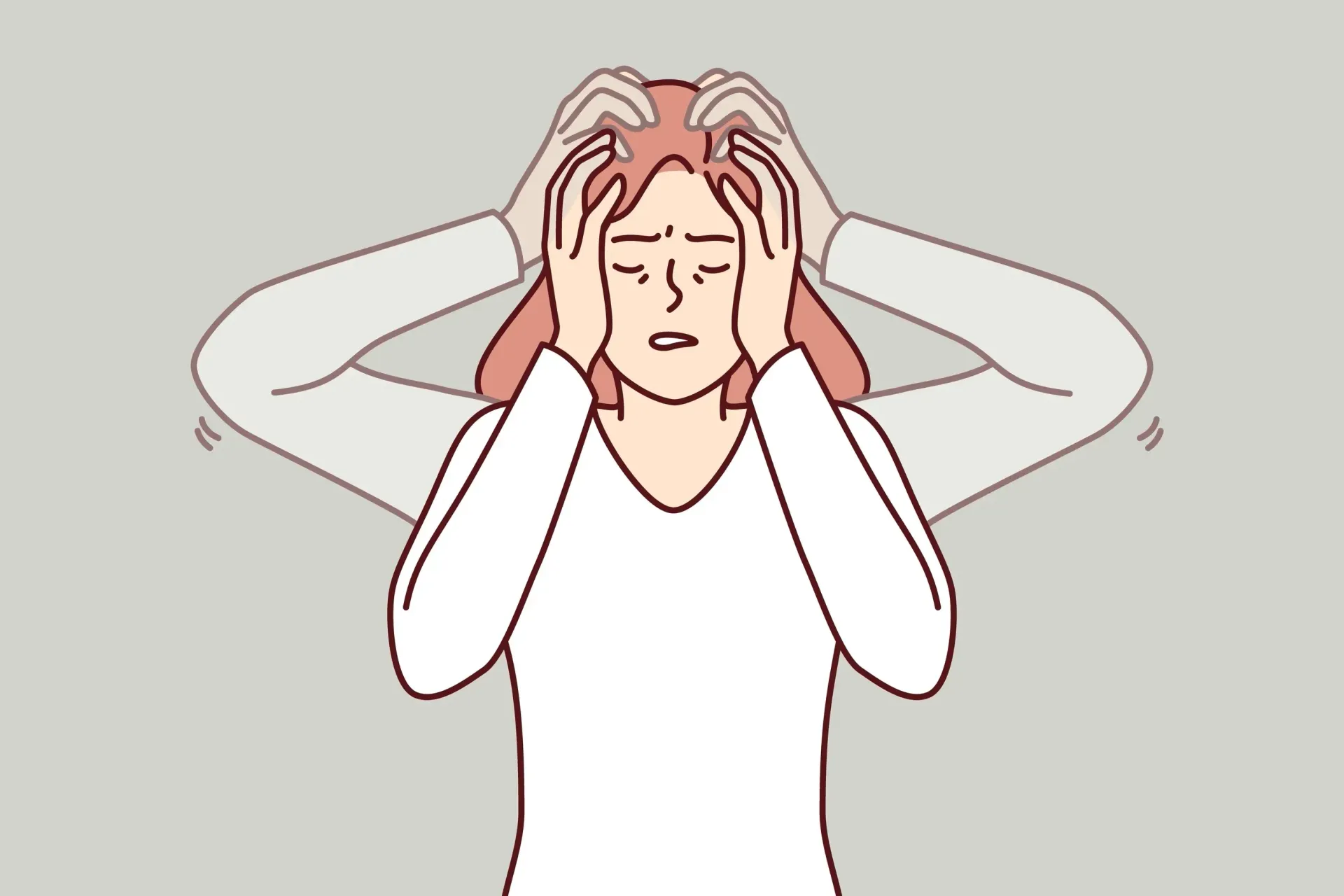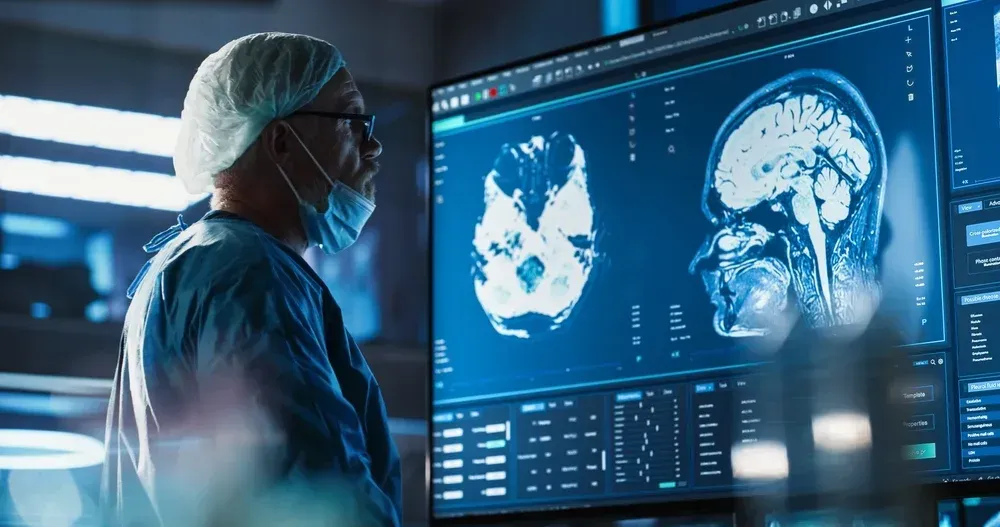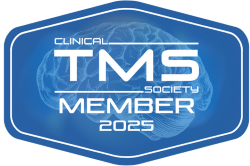
JOIN US! TMS Education Event - Tuesday, April 9th 5:30pm pst - Click to learn more!
TMS and Migraines: Managing Chronic Headaches
Chronic migraine is a debilitating neurological disorder that affects millions of people worldwide. Characterized by frequent and severe headache episodes, the condition goes beyond occasional headaches and is often accompanied by a range of distressing symptoms such as intense pain, sensitivity to light and sound, nausea, and visual disturbances.
Despite the severity of the condition, traditional treatments for chronic migraines have limited effectiveness and come with their own unique set of challenges for the patient. This has led to a growing need for more effective treatment options, with
transcranial magnetic stimulation (TMS) emerging as a novel approach that is able to tackle the cause of migraines at source.
TMS represents a departure from traditional pharmacological treatments, offering a unique mechanism of action that directly targets the neurological processes believed to underlie migraine attacks. TMS protocols are continually being refined, and the innovative technology used at its core is opening new avenues for patients who may not have found relief through conventional treatments.
Understanding Chronic Migraines
Chronic migraines are defined as experiencing headaches on 15 or more days in a single month, with at least 8 of those days featuring migraine-like symptoms, for a period of three months or longer. The condition is a debilitating form of headache disorder, with patients suffering frequent and severe headache episodes.
Migraine attacks typically progress through four
stages: prodrome, aura, headache, and postdrome. The prodrome phase may include subtle changes like mood swings or food cravings. The aura phase, experienced by some but not all migraine sufferers, involves neurological symptoms such as visual disturbances. The headache phase is characterized by intense pain and associated symptoms, while the postdrome phase often leaves the individual feeling drained and fatigued.
The impact of migraine attacks can be severe and far-reaching. Sufferers may experience impaired work productivity and increased absenteeism, as well as social isolation due to the unpredictability of attacks. Both anxiety and depression have been linked to the chronic nature of the condition, and some patients experience financial strain from work absences and medical costs. In all, chronic migraines can have a drastic impact on a patient’s quality of life.
Migraine Symptoms
The most common symptoms of migraines are as follows:
- Intense, throbbing head pain, often on one side of the head
- Sensitivity to light (photophobia) and sound (phonophobia)
- Nausea and vomiting
- Visual disturbances, such as seeing flashing lights or blind spots (aura)
- Dizziness and vertigo
- Difficulty concentrating
- Fatigue
- Neck pain
What Causes Chronic Migraines?
The pathophysiology of chronic migraines can be traced to a neurological disorder known as cortical spreading depression (CSD), which is thought to be responsible for the aura phase of the migraine. CSD is a wave of neuronal and glial depolarization that spreads across the cerebral cortex at a slow rate.
During CSD, there’s a brief period where neurons are excited, followed by prolonged inhibition. Initially, blood flow to the affected area rises before gradually decreasing, while various inflammatory neurotransmitters are released. These changes are thought to activate the trigeminovascular system, leading to the pain of a migraine attack.
Understanding CSD has been crucial in developing new treatment approaches for chronic migraines, with one of the latest treatment options being transcranial magnetic stimulation (TMS). TMS is a neuromodulation technique that targets specific areas of the brain with targeted magnetic pulses. TMS is able to alter neural networks at source, restore proper brain functioning, and provide relief for migraine sufferers.
Introduction to Transcranial Magnetic Stimulation (TMS)
Transcranial magnetic stimulation (TMS) is an innovative, non-invasive brain stimulation technique that has shown promise in the treatment of migraines. This method uses magnetic fields to stimulate specific areas of the brain, potentially disrupting the abnormal neuronal activity associated with migraine attacks.
TMS works by generating brief, powerful magnetic pulses through a coil placed on the scalp. These magnetic pulses pass through the skull and induce small electrical currents in the targeted brain tissue.
In the context of migraine treatment, TMS works by
interrupting CSD, which is the wave of abnormal brain activity thought to be responsible for migraine auras and the subsequent headache phase. The stimulation can also affect the release of neurotransmitters involved in pain signaling, and can potentially normalize the hyper-excitability of cortical neurons often observed in migraine patients.
There are two main types of TMS used in migraine treatment: single-pulse TMS (sTMS) and repetitive TMS (rTMS). Single-pulse TMS is typically used for acute treatment, where patients apply the device to the back of the head at the onset of migraine symptoms. Repetitive TMS, on the other hand, involves multiple pulses delivered in sessions over time and is more commonly used for migraine prevention.
TMS for Migraine Treatment
TMS was first FDA-approved for treating major depressive disorder in 2008. This approval was based on its ability to stimulate underactive regions of the brain associated with mood regulation, particularly the dorsolateral prefrontal cortex. The success in depression treatment paved the way for exploring TMS in other neurological conditions, including migraines.
In the context of migraines, TMS is thought to work by
disrupting a key phenomenon in migraine pathophysiology that affects the cerebral cortex. By delivering brief magnetic pulses to the brain, TMS interrupts the abnormal wave of activity during stage 2 of a migraine, which can either stop the event in its tracks or prevent its onset. The FDA approved the first TMS device for migraine treatment in 2013, specifically for the acute treatment of migraine with aura. This approval was extended to include preventive treatment of migraines in 2017.
How Does TMS Compare to Traditional Treatments?
Transcranial Magnetic Stimulation (TMS) offers a unique approach to migraine treatment that differs significantly from traditional methods. Unlike pharmacological interventions that work systemically, TMS directly modulates brain activity through non-invasive magnetic pulses.
This mechanism of action results in
fewer systemic side effects compared to traditional medications, making it an attractive option for patients who don’t respond well to conventional treatments.
Traditional treatments still offer a wide range of options, from rapid-acting triptans to preventive medications, and can be more suitable for certain patients. The choice between TMS and traditional treatments should be made in consultation with a healthcare provider, taking into account the individual’s migraine history and treatment goals.
Traditional Migraine Treatments
Traditional migraine treatments encompass a range of approaches aimed at both acute relief and long-term prevention. These treatments are typically tailored to individual patient needs and can be broadly categorized into acute migraine therapy, preventive treatment options, and the use of specific medications like serotonin reuptake inhibitors (SRIs).
Acute Migraine Therapy
Acute migraine therapy focuses on alleviating symptoms once a migraine attack has begun. Treatment can include over-the-counter pain relievers like ibuprofen or aspirin, which can be effective for mild to moderate migraines
Other prescription medications such as triptans and ergotamines have each been found to reduce migraine symptoms quite effectively. However, both triptans and ergotamines can cause significant side effects, including tight chestedness and dizziness for triptans, and nausea for ergotamines.
Preventative Treatment Options
Preventive treatment options are designed to reduce the frequency, severity, and duration of migraine attacks. Treatments such as beta blockers, calcium channel blockers, and antiepileptic drugs have shown efficacy in migraine prevention, but each come with their own set of cognitive and physical side effects.
Serotonin reuptake inhibitors (SRIs), particularly selective serotonin reuptake inhibitors (SSRIs) and serotonin-norepinephrine reuptake inhibitors (SNRIs), are sometimes used in migraine prevention as well, especially when the patient also experiences depression or anxiety. These medications work by altering serotonin levels in the brain, which can influence pain perception and mood.
The Effectiveness of TMS in Managing Migraines
Traditional migraine treatment options have their place, but their effectiveness can vary significantly between individuals. The benefits of potentially reducing migraine frequency and severity must be weighed against the potential for side effects — which are more severe in traditional treatments when compared to TMS.
In addition to having mild and transitory side effects, one of the key benefits of transcranial magnetic stimulation (TMS) is that it can target the cause of migraines at source.
Clinical Research
As an acute treatment, single-pulse TMS (sTMS) has demonstrated significant efficacy in treating chronic migraines. A landmark study published by Lan et. al in 2017 showed that 39% of patients using sTMS at the onset of migraine with aura were pain-free after two hours, compared to only 22% in the sham group.
For preventive treatment, repetitive TMS (rTMS) has shown similar results. A systematic review and meta-analysis published by
Shen et. al in 2023 found that rTMS can reduce headache frequency, intensity, and duration in chronic migraine patients. The study reported an average reduction of 2.97 headache days per month compared to sham treatments.
Evidence also suggests that the effectiveness of TMS may extend beyond the treatment period. A study published in
American Headache Society in 2017
found that the benefits of rTMS in reducing migraine frequency persisted for up to 4 weeks after the end of treatment, indicating potential long-term effects.
The Benefits of TMS Treatment
Patient satisfaction with TMS often extends beyond pain relief. Many report improvements in quality of life, reduced reliance on acute medications, and better ability to engage in daily activities. A study in Neurology in 2017 found that 62% of patients using sTMS reported improved ability to function normally within their families, and 58% reported less time missed from work or school.
Patients often appreciate the non-invasive nature of TMS and the lack of systemic side effects commonly associated with traditional migraine medications. Some report immediate relief after treatment, while others experience gradual improvement over time.
Side Effects
Side effects reported by patients are generally mild and transient. The most common include scalp discomfort at the site of stimulation and mild headache immediately following treatment. Serious adverse events are rare, contributing to the overall positive safety profile of TMS.
Despite these positive outcomes, some patients find the treatment regimen demanding, particularly for preventive rTMS which may require multiple sessions per week. The cost and availability of TMS can also be limiting factors for some patients.
While TMS has shown promising effectiveness in managing migraines both acutely and preventively, with generally positive patient outcomes, research is still ongoing. As with many migraine treatments, the response to TMS can be highly individual, emphasizing the need for personalized treatment approaches under the guidance of healthcare professionals.

A Final Word from Kind Health TMS
TMS represents a significant advancement in the field of migraine management, offering a novel approach to both acute treatment and prevention of this debilitating neurological disorder.
The benefits of
TMS
for migraine sufferers are multifaceted and promising. Its non-invasive nature and localized effects present a favorable safety profile, with fewer systemic side effects compared to many traditional pharmacological treatments.
While TMS has shown considerable promise, it's important to recognize that migraine management is highly individualized, and what works for one person may not be as effective for another. Therefore, we strongly encourage readers who suffer from chronic migraines to discuss TMS as a potential treatment option with us directly.
Get in touch with
Kind Health TMS today and we can help to evaluate whether TMS might be suitable for your specific situation, taking into account your medical history, current treatments, and overall health goals.

Meet the Author
Dr. Georgine Nanos, MD, MPH
Founder of Kind Health Group
If this is a life-threatening emergency, please call 911 or the National Suicide Prevention Lifeline

